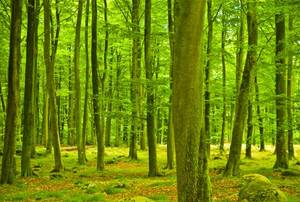Biodiversity
Losses in biodiversity have a significant value, because of the ‘ecosystem services’ that humans obtain from nature. The value of these services has been estimated in monetary terms in a number of studies for temperate and tropical forests and grasslands. From this analysis, paper authors Salman Hussain and Anil Markandya derive figures for the losses that will occur when any patch of the same sort of natural area is lost.
The study looks at three interventions and compared these to doing nothing – ‘business as usual’. The first solution focuses on creating an increase in agricultural productivity through research and development. This may seem like a roundabout way to address biodiversity, but as the global population has increased to 7 billion, we have cut down more and more forest to grow  our food.
our food.
Likewise, looking towards 2050 we will likely expand agricultural area another 10 percent, which will come from natural areas like forests and grasslands. Thus, if we could increase agricultural productivity we would need to appropriate less and be able to leave more to nature.
The authors estimate that with a $14.5 billion annual infusion into research we can achieve 20 percent higher annual growth rates for crops and 40 percent higher growth rates for livestock, which over the next 40 years will significantly reduce pressures on nature and hence help biodiversity.


